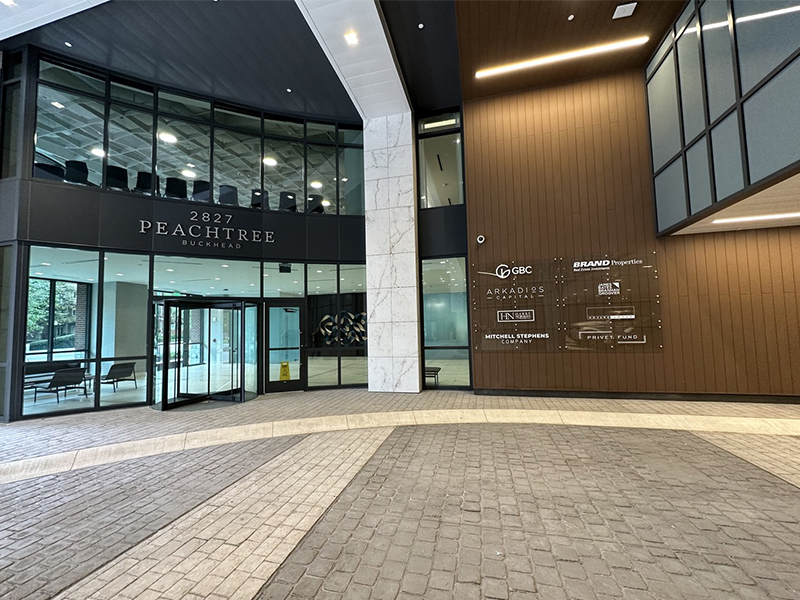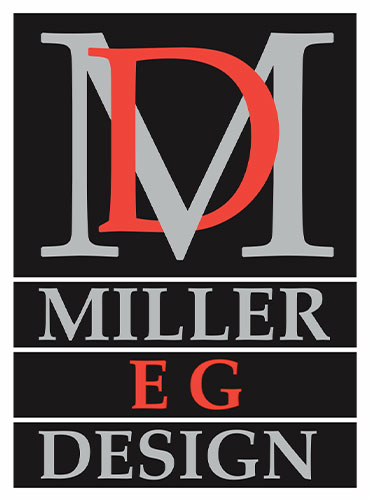Miller EG Design
BETTER WAYFINDING
Miller EG Design Step-by-Step Guide to Crafting Experiential Graphics in Atlanta
Step-by-Step Guide to Crafting Experiential Graphics
Step 1: Understanding the Space and Its Users
- Initial Assessment: Conduct a thorough analysis of the physical layout and architectural features of the site. This includes evaluating existing signage, pedestrian flow, and key points of interest.
- User Needs Analysis: Engage with stakeholders and users to gather insights on their navigation challenges and preferences. Understanding the audience is crucial for designing intuitive and effective wayfinding systems.
Step 2: Conceptualization and Design
- Collaborative Ideation: Work closely with clients and design teams to brainstorm creative solutions that align with the project's goals and the community's identity.
- Design Development: Create detailed designs for signage and wayfinding elements, incorporating visual cues, branding elements, and accessibility features. This stage often involves iterations and refinements based on feedback.
Step 3: Integration with Urban and Architectural Context
- Contextual Harmony: Ensure that the design language complements the architectural aesthetics and urban fabric of Atlanta. This may involve historical research for projects in heritage sites or collaboration with urban planners for new developments.
- Digital and Physical Mock-ups: Use digital simulations and physical prototypes to visualize how the signage interacts with its surroundings, adjusting scale, colors, and materials for optimal visibility and harmony.
Step 4: Implementation Planning
- Regulatory Compliance: Navigate the complexities of local regulations and standards to ensure all signage meets code requirements, including ADA compliance.
- Phased Rollout Planning: Develop a detailed installation plan that minimizes disruption to the site and its users, often executed in phases to accommodate construction schedules and budget constraints.
Step 5: Fabrication and Installation
- Quality Craftsmanship: Work with trusted fabricators who specialize in high-quality materials and finishes to bring the designs to life.
- Precise Installation: Coordinate with installation teams to ensure each element is placed accurately and securely, paying close attention to sightlines and lighting conditions for maximum effectiveness.
Step 6: Evaluation and Iteration
- User Feedback Collection: Post-installation, gather feedback from users and stakeholders to assess the effectiveness of the wayfinding system.
- Ongoing Maintenance and Updates: Plan for regular maintenance checks and updates to the signage as the environment and user needs evolve. This ensures the wayfinding system remains relevant and functional over time.

Experiential Graphics Design By Miller EG Design
Designing for experiential graphics in Atlanta requires a meticulous, user-centered approach that respects the city’s diverse urban landscape. By following these steps, Miller EG Design ensures that each project not only meets the practical needs of navigation but also contributes to the rich tapestry of Atlanta’s public spaces, making them more accessible, engaging, and meaningful for everyone.
- Call Us Today
